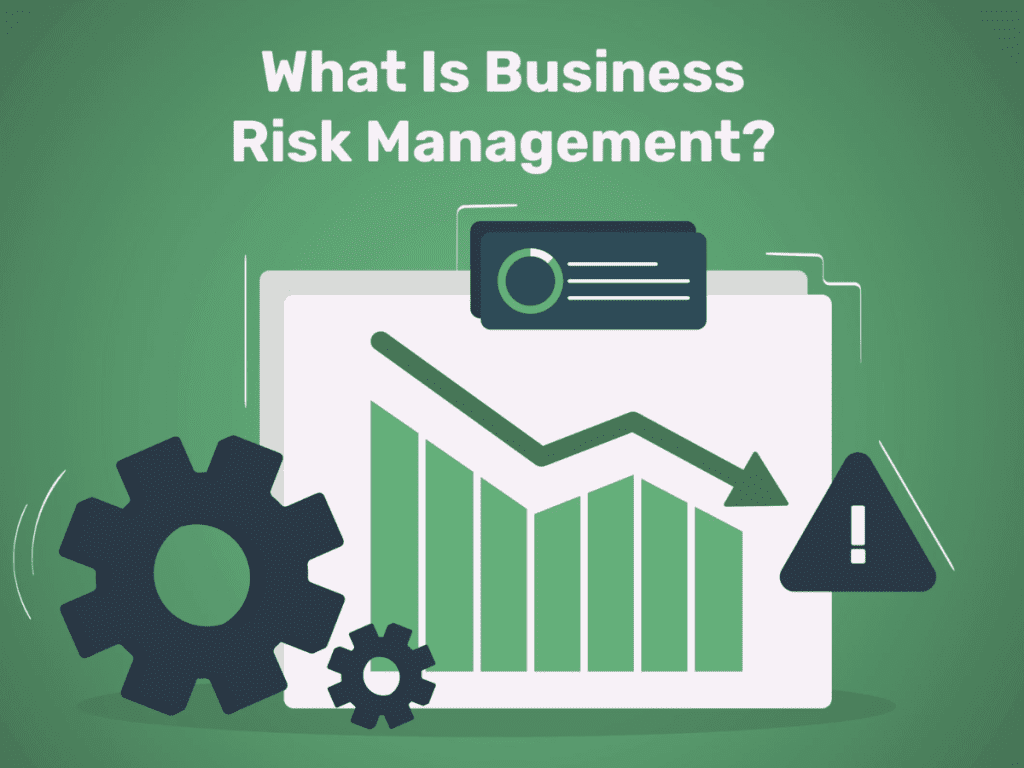Introduction
Business insurance is an essential protection against unexpected occurrences that may hamper your operations, damage assets, or lead to legal liabilities. While having the right coverage is important, the premium costs can easily be one of the biggest expenses for many businesses. Fortunately, there are practical ways to reduce these costs without sacrificing the protection your business needs. You can understand the factors that influence premiums and implement cost-saving strategies to manage your insurance expenses better.
This is a comprehensive guide on how to save money on business insurance premiums without compromising the level of coverage.
Why Business Insurance is a Must
Before delving into the cost-cutting tips, it is essential to know why business insurance is not optional:
Risk Management:
It guards your business against financial loss from accidents, lawsuits, natural disasters, or theft.
Compliance:
Some types of insurance, such as workers’ compensation, are legally required in many jurisdictions.
Credibility:
Having insurance enhances your reputation with clients, investors, and employees by demonstrating that you are prepared for unforeseen circumstances.
Business Continuity:
Ensures your operations can recover quickly from disruptions, minimizing downtime and financial impact.
Factors Influencing Business Insurance Premiums
Understanding what affects your premiums can help you identify areas where you can save. Common factors include:
Industry Type:
High-risk industries like construction or healthcare typically have higher premiums.
Business Size:
Larger businesses with more employees, assets, or revenue may cost more.
Location:
Risks in geographic areas, such as flood zones or high-crime areas, can increase premiums.
Claims History:
A history of frequent claims can result in higher premiums.
Coverage Limits and Deductibles:
Higher coverage limits and lower deductibles usually mean higher premiums.
Type of Coverage:
Specialized policies, such as cyber liability insurance, may come at a premium due to their tailored nature.
Techniques for Reducing the Cost of Business Insurance Premiums
- Determine Your Coverage Needs
Being underinsured is as dangerous as being overinsured or paying for unnecessary coverage. Carry out an intensive assessment of the risks that are faced and pinpoint the most crucial types of insurance that will be essential to your business:
General Liability Insurance: For all businesses, this is usually a necessary type of coverage.
Property Insurance: Essential if you have property and assets leased.
Workers’ Compensation Insurance: Necessary if you hire employees.
Professional Liability Insurance: Essential if your business is service-oriented.
You’ll avoid paying for coverage not applicable to your operations with policies tailored to your needs.
- Shop Around and Compare Quotes
Different insurers offer different prices for similar coverage. The time spent shopping around, getting quotes from several companies, can give you this opportunity:
Know the rates that are the most competitive.
Review coverage options and policy features.
Use quotes to bargain for better deals from your preferred provider.
- Raise Your Deductibles
Increasing your deductibles—the amount you pay before insurance starts—is one of the best ways to reduce your premiums. Ensure that the deductible amount will not be too burdensome if you need to make a claim.
- Bundle Policies
Many insurers also provide discounts for bundling policies, such as general liability, property insurance, and business interruption coverage. Bundling simplifies the management of policies and saves one a lot of money.
- Enhance Workplace Safety
A safe work environment reduces the chance of accidents and claims that could lead to lower premiums in the long run. The following can be adopted:
Conduct regular employee safety training.
Maintain equipment and facilities to minimize hazards.
Develop and implement an overall safety policy.
Provide security equipment, including alarm systems and video cameras.
- Limit Claims History
Frequent claims increase the cost of your premiums. To prevent this:
Actively mitigate potential risks so that incidents do not occur.
Consider paying claims out-of-pocket rather than submitting them to your insurer.
Periodically review and improve your risk management.
- Pay-As-You-Go Policies
Some companies offer pay-as-you-go programs where premiums adjust based on real-time data, such as payroll or revenue. This ensures you’ll be paying for only what you really need, especially useful for seasonal or fluctuating businesses.
- Take advantage of Group Insurance Plans
If you’re part of an industry association or chamber of commerce, check if they offer group insurance plans. Group rates are often more affordable due to the collective bargaining power of the members.
- Maintain Good Credit
Many insurers consider credit scores when determining premiums. A strong credit history can result in lower rates. To improve your credit:
Pay bills on time.
Reduce outstanding debt.
Monitor your credit report for errors and discrepancies.
- Periodic Review and Update of Policies
As your business grows, so do your insurance needs. Periodic review of your policies will help you identify outdated or unnecessary coverage. For instance:
If you have downsized, you no longer require the same level of employees or assets to be covered.
If you have implemented new technologies, you might need to add cyber liability insurance but reduce other areas.
- Negotiate with Your Insurer
Don’t hesitate to negotiate with your insurance provider. If you’ve been a loyal customer with a good claims history, ask for discounts or better terms. Insurers often value long-term relationships and may offer incentives to retain your business.
- Consider Risk Retention Groups (RRGs)
RRGs are insurance pools formed by businesses within the same industry to provide coverage for shared risks. Joining an RRG can reduce premiums and offer tailored coverage specific to your industry.
- Take Advantage of Tax Deductions
Many business insurance premiums are tax-deductible. Consult with a tax professional to ensure you’re claiming all eligible deductions, which can effectively lower your overall insurance costs.
- Invest in Cybersecurity
For businesses operating on digital media, investments in strong cyber security will reduce cyber liability premiums. Some steps one can take include:
Encrypting sensitive information.
Using multi-factor authentication.
Regularly conducting security audits.
- Train the Employees
Well-trained employees make fewer errors or cause less incident, which leads to claims. Provide training for employees on topics such as:
Workplace safety
Customer interaction protocols
Best practices on data security.
- Monitor Changes in the Insurance Market
Insurance rates tend to change with the markets, such as economic and regulatory changes. Being knowledgeable can help you find opportunities for policy renegotiation or changes in providers.
- Use an Insurance Broker
An experienced insurance broker can evaluate your needs, compare policies, and negotiate on your behalf. In many cases, brokers will have access to deals not available to the general public and can make the process of finding affordable coverage less complicated.
Common Mistakes to Avoid
Underinsuring:
Cutting costs by reducing coverage can leave your business vulnerable to significant losses.
Overinsuring:
Paying for unnecessary coverage wastes resources that could be allocated elsewhere.
Failing to Review Policies:
Neglecting to update your policies can lead to gaps in coverage or overpaying for outdated needs.
Ignoring Discounts:
Many insurers offer discounts for things like bundling, safety measures, or loyalty. Ensure you’re taking advantage of these opportunities.
Conclusion
It does not mean you have to compromise on coverage to reduce your business insurance premiums. You can find the right balance between affordability and protection by assessing your needs, shopping around, and implementing cost-saving strategies. Regular reviews of your policies, a strong claims history, and taking advantage of discounts can add up to substantial savings over time.
In a way, time and efforts put into optimizing your insurance strategy will ensure that your business is protected and costs remain within control. With this, you can focus on growing your business with full confidence, knowing that whatever issues will face you are well covered.

